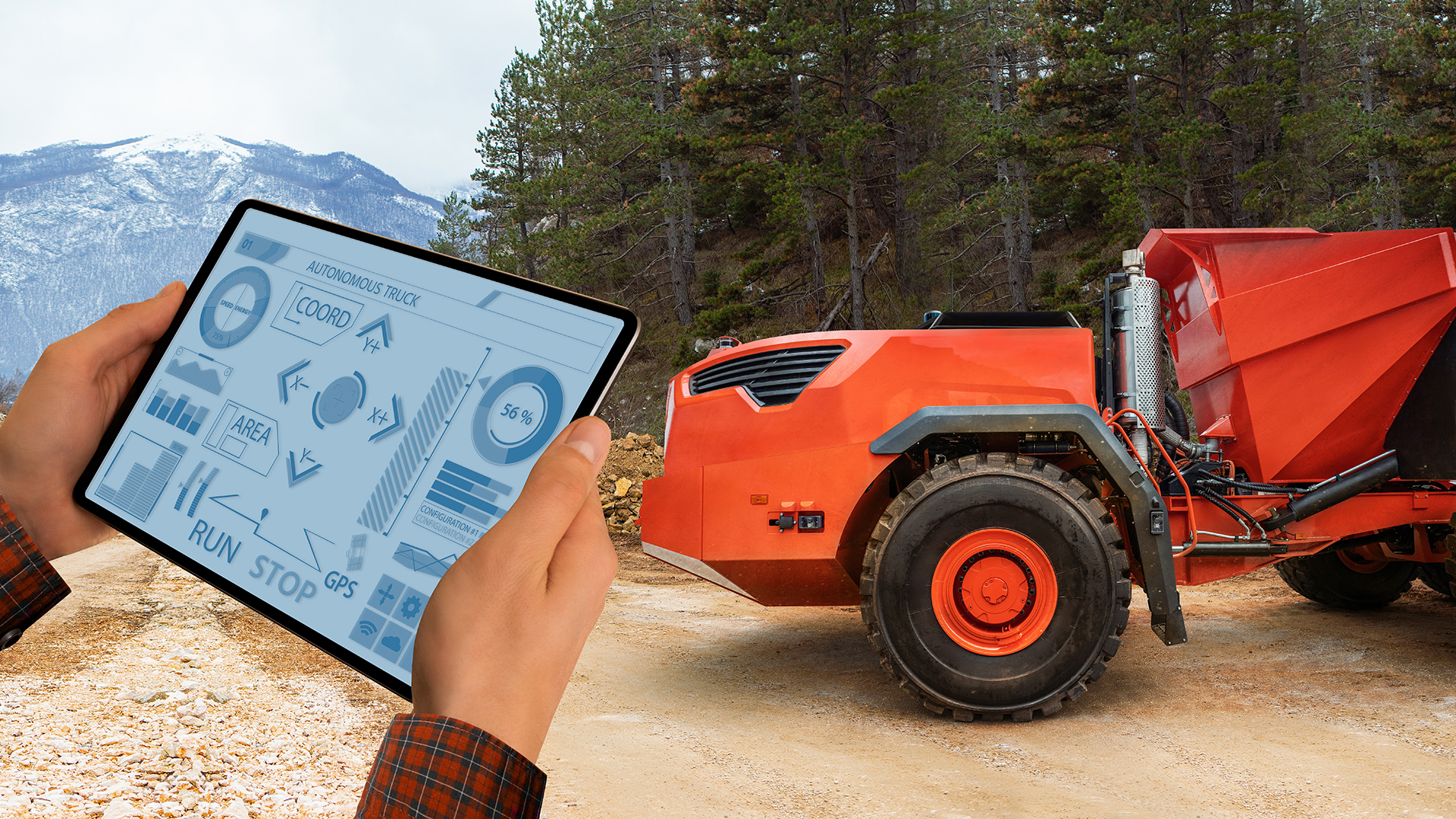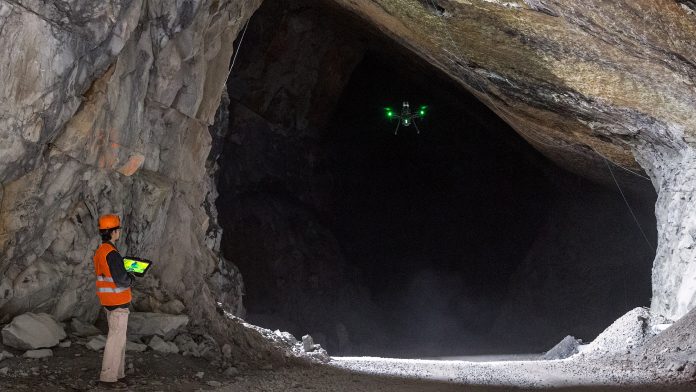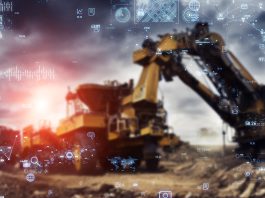The integration of AI in the mining sector is poised to revolutionise the industry, enhancing efficiency, safety, and sustainability.
By leveraging AI technologies, mining companies can improve exploration efforts, adopt more sustainable practices, enhance safety protocols, and overcome various challenges.
Enhancing exploration efforts
Exploration is a critical phase in mining, involving the search for mineral deposits. Traditionally, this process has been time-consuming and costly, relying heavily on manual labour and basic data analysis.
AI can significantly enhance exploration by analysing vast amounts of geological data more accurately and quickly.
Machine learning algorithms can process historical data, satellite imagery, and geological surveys to predict the locations of mineral deposits with higher precision.
Impact on sustainable mining practices
Sustainability is a growing topic in the mining industry, with increasing pressure to promote responsible resource extraction. AI can play a crucial role in achieving these goals by optimising operations and reducing waste.
Predictive analytics can help in efficient resource allocation, ensuring that mining activities are conducted with minimal environmental disruption.
Employing AI in mining can also aid in monitoring environmental conditions and predicting and mitigating the effects of mining activities on the surrounding ecosystem.
Improving safety in mining
Safety is paramount in the mining industry, where workers often operate in potentially hazardous conditions. AI technologies can enhance safety by predicting potential hazards and automating dangerous tasks.
Autonomous vehicles and drones equipped with AI can perform tasks such as transporting materials and conducting inspections in unsafe areas, reducing the risk to human workers.

AI-driven monitoring systems can analyse data from sensors placed throughout mining sites to detect signs of structural weaknesses or potential equipment failures. This predictive maintenance approach helps prevent accidents before they occur.
Rio Tinto, for example, employs AI in its autonomous haul trucks and drilling systems, significantly reducing the number of accidents and improving overall safety.
Challenges of implementing AI in mining practices
While AI offers numerous benefits, implementing it in mining practices comes with several challenges.
One hurdle is the high initial cost of adopting AI technologies. Mining companies need to invest in sophisticated hardware, software, and skilled personnel to develop and maintain AI systems.
Data quality and availability also pose challenges. AI systems rely on large amounts of high-quality data for accurate predictions and analyses. In many cases, mining companies may not have the necessary data infrastructure or face difficulties in collecting and integrating diverse data sources.
Additionally, there can be resistance to change within the industry. Traditional mining practices have been in place for decades, and transitioning to AI-driven methods requires a cultural shift and comprehensive training programs to ensure workers are adept at using new technologies.
Examples of AI use in mining
Several mining companies are already leveraging AI to enhance their operations. Here are some notable examples:
Autonomous vehicles
Autonomous vehicles are one of the most prominent applications of AI in mining. Companies like Caterpillar and Komatsu have developed autonomous haul trucks that operate without human drivers. These trucks use AI to navigate mining sites, transport materials, and optimise routes for efficiency.
AI-powered drilling
Drilling is another area where AI is making a significant impact. AI algorithms can analyse drilling data in real time to optimise drilling parameters, improving accuracy and reducing the chances of hitting unproductive zones.
Predictive maintenance
AI-driven predictive maintenance systems are transforming equipment management in mining. These systems use machine learning algorithms to analyse data from sensors embedded in mining equipment, predicting when maintenance is needed before a failure occurs.
This approach reduces downtime, extends equipment life, and lowers maintenance costs. BHP, one of the world’s largest mining companies, has successfully implemented predictive maintenance in its operations, leading to significant cost savings and improved equipment reliability.
Environmental monitoring
AI is also being used for environmental monitoring and management. By analysing data from various sources, AI can help mining companies monitor air and water quality, detect pollution, and ensure compliance with environmental regulations.
AI is set to revolutionise the mining sector, offering solutions that enhance exploration, promote sustainability, improve safety, and overcome implementation challenges.








